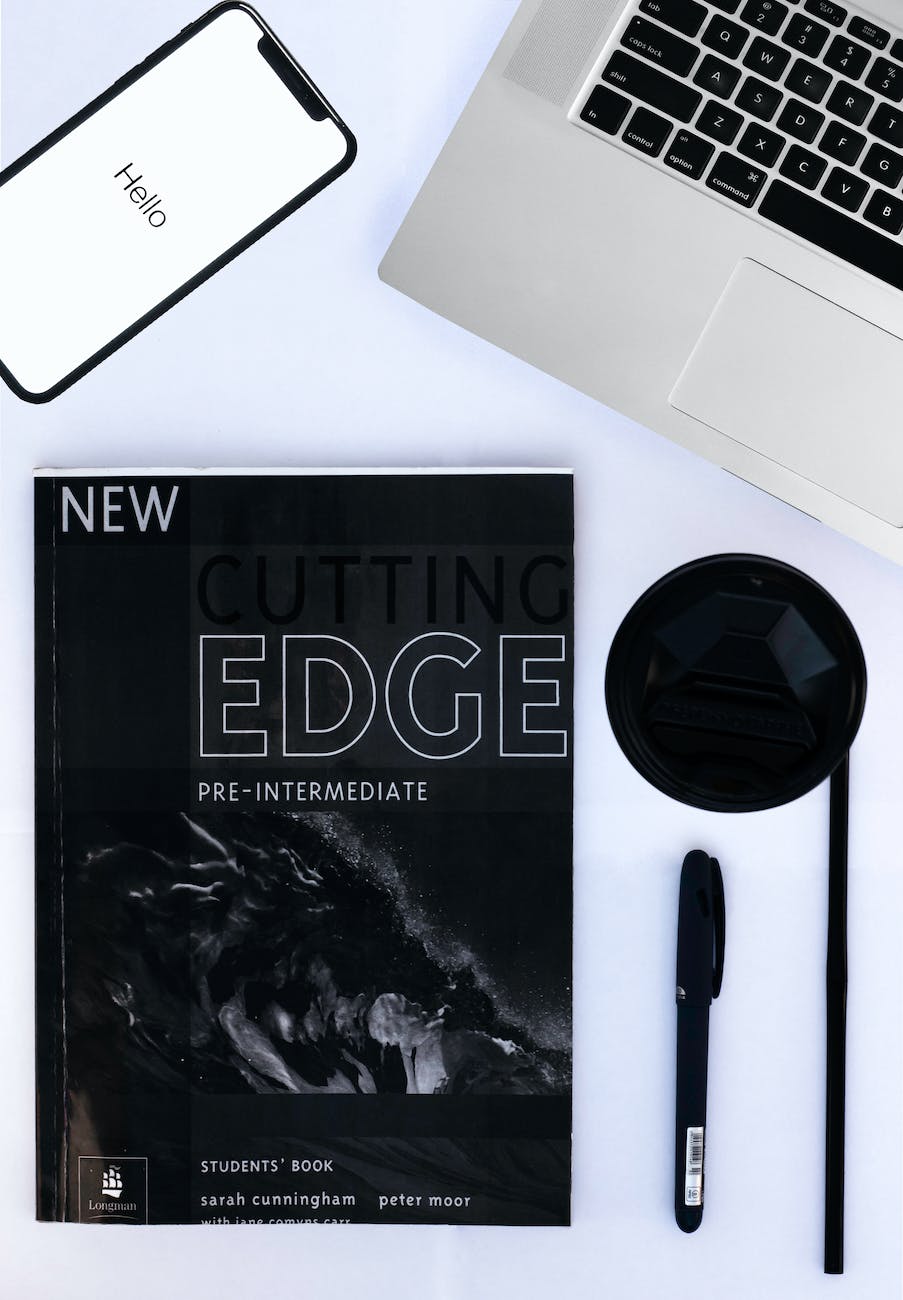Introduction
Designing mobile apps for multiple platforms is a crucial aspect of modern app development. With the increasing popularity of smartphones and tablets, it is essential for app developers to create apps that can run seamlessly on different operating systems and devices. In this article, we will explore the challenges and strategies involved in designing mobile apps for multiple platforms.
Challenges of Designing for Multiple Platforms
Designing mobile apps for multiple platforms presents several challenges. Firstly, each platform has its own design guidelines and user interface conventions. For example, iOS apps follow Apple’s Human Interface Guidelines, while Android apps adhere to Material Design principles. This means that designers need to familiarize themselves with the specific requirements of each platform and ensure that their app’s design aligns with them.
Moreover, different platforms have varying screen sizes, resolutions, and aspect ratios. This necessitates creating responsive designs that can adapt to different screen sizes without compromising the user experience. Designers must consider the layout, typography, and visual elements to ensure that the app looks visually appealing and functions properly on all devices.
Strategies for Designing Mobile Apps for Multiple Platforms
To overcome the challenges of designing for multiple platforms, app developers can employ several strategies. One approach is to use a cross-platform development framework like React Native or Flutter. These frameworks allow developers to write code once and deploy it on multiple platforms, saving time and effort. However, it is important to note that cross-platform development may have limitations in terms of performance and access to platform-specific features.
Another strategy is to follow a design system that provides a consistent set of design principles and components across platforms. This ensures a cohesive user experience and reduces the need for platform-specific design variations. Design systems like Google’s Material Design and Apple’s Human Interface Guidelines provide comprehensive guidelines and resources for designing apps that work well on multiple platforms.
Conclusion
Designing mobile apps for multiple platforms is a complex task that requires careful consideration of platform-specific requirements and the use of appropriate design strategies. By understanding the challenges and employing the right techniques, app developers can create apps that provide a seamless and consistent experience across different operating systems and devices. It is crucial to stay updated with the latest design trends and guidelines to deliver high-quality mobile apps that meet the expectations of users on various platforms.




